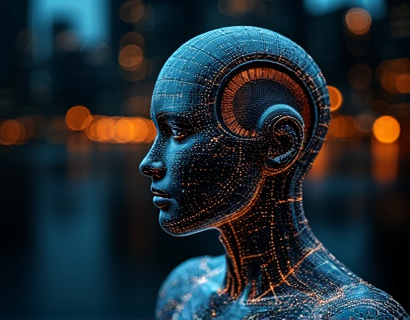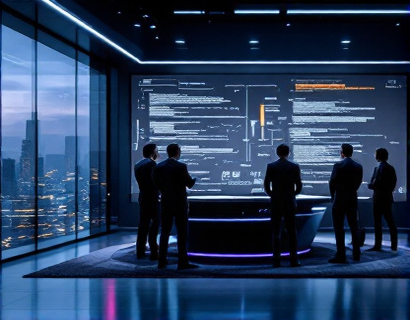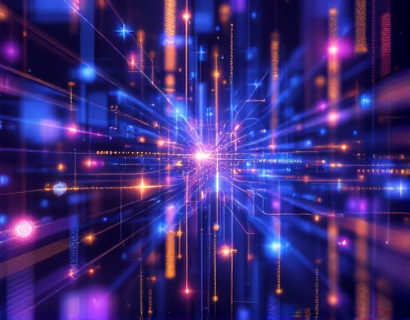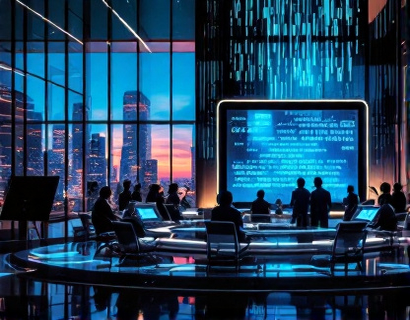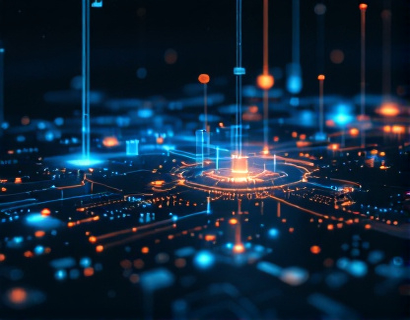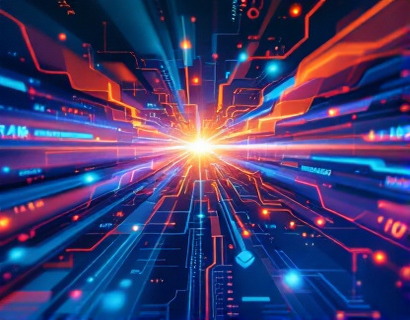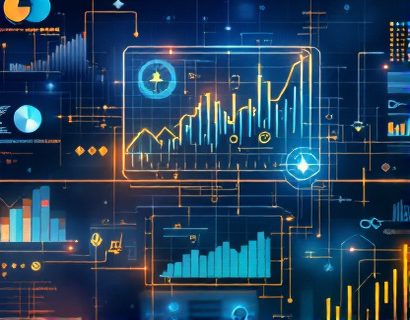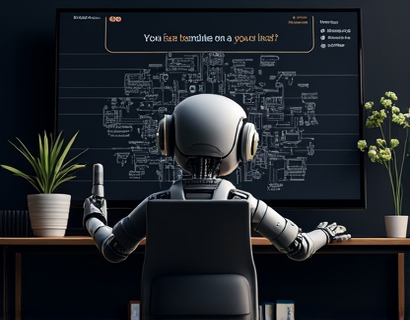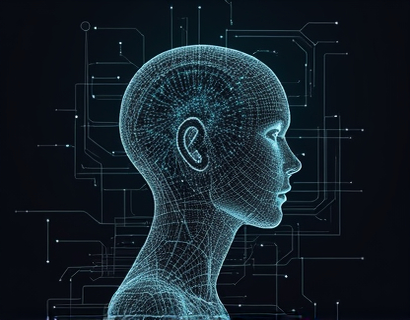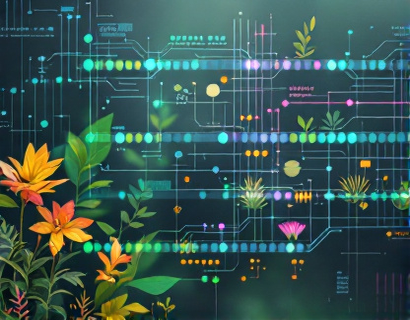AI-Powered Translation Technology: Revolutionizing Global Communication
In an increasingly interconnected world, the ability to communicate across languages has become more crucial than ever. AI-powered translation technology stands at the forefront of this revolution, offering unprecedented precision and speed in breaking down language barriers. This advanced technology is not just a tool for translators but a game-changer for businesses and individuals seeking to expand their global reach. By leveraging the power of artificial intelligence, these solutions provide accurate and efficient translations, facilitating seamless multilingual connections across various industries.
The Evolution of Translation Technology
The journey of translation technology has been marked by significant milestones. From the early days of rule-based systems to the current era of neural machine translation, the accuracy and naturalness of translations have seen dramatic improvements. Traditional methods relied heavily on predefined rules and dictionaries, often resulting in stiff and unnatural translations. The advent of machine learning and deep learning has transformed this landscape, enabling systems to learn from vast amounts of data and context, thus producing more fluent and contextually appropriate translations.
How AI-Powered Translation Works
At the core of AI-powered translation technology lies neural machine translation (NMT). Unlike traditional rule-based systems, NMT uses neural networks to understand and generate translations. These neural networks are trained on massive datasets, allowing them to capture the nuances and complexities of language. The process involves several key steps: tokenization, where text is broken down into smaller units; encoding, which converts the input text into a numerical format; and decoding, where the system generates the translated text. This approach enables the model to consider the entire sentence or context, rather than translating word by word, resulting in more accurate and natural-sounding translations.
Benefits for Businesses
For businesses, AI-powered translation technology offers a multitude of benefits. One of the most significant advantages is the ability to communicate effectively with international clients and partners. Language barriers can hinder business growth and limit market access, but with advanced translation tools, these obstacles can be overcome. Accurate and rapid translations enable companies to produce high-quality multilingual content, including websites, marketing materials, and customer support documents. This not only enhances customer experience but also builds trust and credibility in global markets.
Moreover, AI-powered translation tools can significantly reduce the costs associated with human translation. While human translators are invaluable for nuanced and creative content, routine and repetitive translations can be efficiently handled by AI. This efficiency allows businesses to allocate resources more effectively, focusing on core activities while ensuring timely and accurate communication. Additionally, the scalability of AI translation solutions means that businesses can easily adapt to changing market demands without the need for extensive human resources.
Enhancing Individual Communication
Individuals too can greatly benefit from AI-powered translation technology. Travelers, students, and professionals frequently encounter language barriers in their daily lives. With the help of advanced translation apps and tools, these barriers can be easily overcome. Real-time translation features enable users to communicate seamlessly with native speakers, enhancing personal and professional interactions. Whether it's ordering food in a foreign country, understanding a lecture in a different language, or collaborating with international colleagues, AI translation tools provide instant and accurate assistance.
Furthermore, these tools often come with additional features such as speech recognition and text-to-speech capabilities, making them even more versatile. Users can speak in their native language, and the tool will translate it in real-time, providing a more natural and interactive communication experience. This is particularly useful in multilingual environments, such as international conferences, where multiple languages are spoken.
Industry-Specific Applications
The applications of AI-powered translation technology extend across various industries, each with its unique challenges and requirements. In the healthcare sector, accurate translation is critical for patient care and safety. AI translation tools can help medical professionals communicate effectively with patients who speak different languages, ensuring that important information is conveyed without loss or misinterpretation. This is especially vital in emergency situations where every moment counts.
In the legal field, precision is paramount. AI translation tools can assist lawyers and legal professionals in translating complex documents, contracts, and court proceedings. While human oversight remains essential for ensuring legal accuracy, AI can significantly speed up the process and reduce the risk of human error. This efficiency is crucial in a field where time and accuracy are of the essence.
The automotive industry is another area where AI translation technology plays a vital role. As global car manufacturers expand into new markets, the need for multilingual user manuals, safety instructions, and marketing materials becomes apparent. AI-powered translation tools ensure that these documents are accurately translated, helping to build trust and ensure user safety across different regions.
Challenges and Limitations
Despite its numerous advantages, AI-powered translation technology is not without challenges. One of the primary concerns is the accuracy of translations, especially for low-resource languages with limited data. While NMT has made significant strides, certain languages and dialects may still struggle with nuanced expressions and cultural context. Continuous improvements in training data and algorithm design are necessary to address these gaps.
Another challenge is the potential loss of human touch in translations. While AI can handle a wide range of texts, creative and highly contextual content often requires the sensitivity and creativity of human translators. For such cases, a hybrid approach combining AI and human expertise is often the best solution. This ensures that the translations are not only accurate but also culturally appropriate and engaging.
Future Trends and Innovations
The future of AI-powered translation technology looks promising, with several exciting trends on the horizon. One such trend is the integration of AI with other technologies like augmented reality (AR) and virtual reality (VR). Imagine attending a virtual conference where real-time translation overlays the speaker's words in your native language, creating a fully immersive and inclusive experience. This convergence of technologies will further break down language barriers and enhance global collaboration.
Another area of innovation is the development of multilingual models that can handle multiple languages simultaneously. These models can switch between languages seamlessly, providing a more fluid and efficient translation experience. Additionally, advancements in explainable AI will help users understand how translations are generated, building trust and allowing for better customization based on specific needs.
Conclusion
AI-powered translation technology is revolutionizing the way we communicate globally. By offering precise, rapid, and efficient translations, these tools are breaking down language barriers and opening up new opportunities for businesses and individuals. Whether it's enhancing customer experiences, facilitating international business, or enabling personal connections, the impact of AI translation is profound. As the technology continues to evolve, we can expect even more innovative solutions that will further bridge the gap between languages and cultures.




